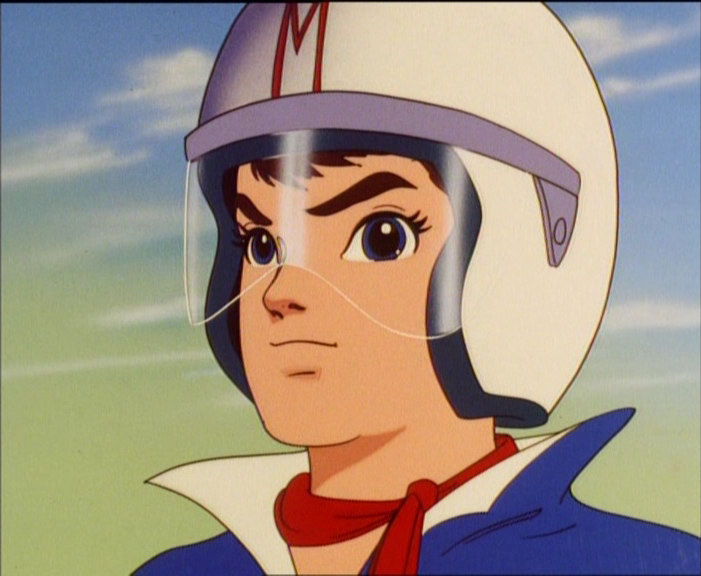
When I was in 2nd grade, I wanted to grow up to be an agent from Men in Black. That was my life plan; to don a slick black suit and sunglasses and defend the earth from aliens. I would be Agent S, I would carry the Noisy Cricket wherever I went, and I would kick the snot out of any bug like extraterrestrial that even came a light year near earth. That is until my mother informed me that aliens weren’t real……Steve’s dream crushed.
Or maybe not….
The controversy behind UFO’s rages on to this day. Both sides seem to have arguments for and against the existence of space species. I found two articles that argue differing sides of the controversy – both extremely un-legit in my opinion.
The first article argued that aliens were real – and the reason stated was because some astronaut said so. The article reported Edgar Mitchell, the 6th man to walk on the moon, reported that NASA was involved in a cover up and that aliens did in fact visit earth. Therefore, because some astronaut in his early 70’s (dementia sets in about this age) claims this, it becomes fact in some people’s minds. This reasoning relies completely on the ethos of one man that was once involved in NASA. In my opinion, that just doesn’t cut it. I’m sorry Mr. Mitchell, you don’t sway me with your crazy words.
The other article I found was also based on the ethos of one man: Air Force Captain Hank Beckman. The Captain made a statement saying “In almost five years as an agent, I never saw any evidence -- and I mean none -- that alien spacecraft exist, or that the government even thinks they do”. So there you have it folks. Another mystery debunked because of one man who is “on the inside” saying nothings going on.
The problem with both of these articles is that they rely 100% on the opinions of two men, who we know nothing about, just their title. But because these men have titles, their opinions are taken as facts. These articles did nothing to sway my opinion and ergo, I guess I’ll just have to stay in college before I take the leap to join the MIB…






